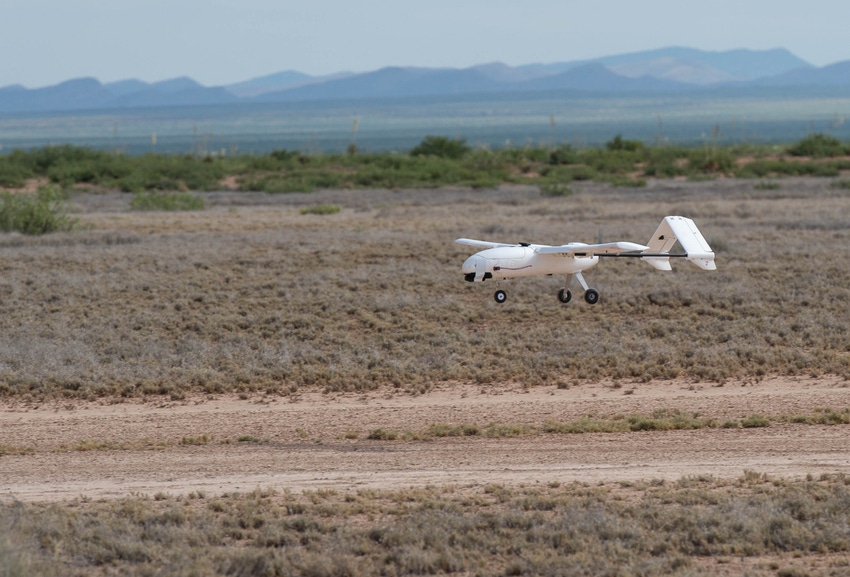
"Agriculture is not cut, copy, paste," says a sustainability panelist at the 2020 Beltwide Cotton Conferences, Jan. 9, in Austin, Texas.
Technology may provide a grower "actionable insight," but ultimately, it's up to each producer to decide what's best for his or her operation.
Jeff Peters, senior manager of sustainability for Nutrien Ag Solutions, discussed data management systems over the last 10 years and how technology may evolve in the next decade.

"When we talk about sustainability, we're talking about agronomy," Peters says. "It's agronomy combined with digital tools — a system levels approach."
Peters credits the smartphone for accelerating the adoption of digital technology. "Mobile devices have given us anytime, anywhere access," Peters says. "When we have workshops with producers and others, they'll break out their phones or their iPads. So, I think this vehicle has really enabled digital the past 10 years."
He spoke of three digital tools adopted in agriculture in the last decade:
Farm management software. "There are a lot of systems out there but over the past 10 years, many have integrated sustainability into their platforms. Growers are asking technology companies for one platform to service all their needs from data entry and record keeping and everything else they're doing in business. And we have seen great improvement on the adoption rate with the Field to Market and the number of QDMP (Qualified Data Management Partners) partners that are part of Field to Market."
Precision agriculture. "It comes in many different forms, but we're talking a lot about variable rate to better manage inputs like variable rate fertilizer application. There's been broad adoption of that in the past 10 years across all commodities. There's variable rate irrigation, surface drip, LESA (Low Energy Spray Application) and LEPA (Low Energy Precision Application) systems and growers are utilizing those, but they're trying to understand what's the break-even and what the ROI means to their operations."
Predictive analytics. "That's really where agriculture's sweet spot has been the last few years. It's getting the information at the right time to make the right decision. We take crop modeling and weather and management information to provide actionable insights to the producers. We're not prescriptive. We're going to provide insight and intel, but it's up to the grower to understand what fits their operations. Agriculture is not cut, copy, paste. So, these technologies may apply in some geographies and some crops, and in others, they may not be a fit."
One element all farmers deal with annually is the weather. "Growers want more weather intel," Peters says. "They are making costly decisions every day. And the more information you can provide that's going to support them on that is going to build confidence."
See, Cotton grower: 'We've let others define us for too long'
Peters anticipates a transformation of current technologies in the next 10 years. "We're helping to take the guesswork out of farming. Right now, a lot of management decisions are based on knowledge and gut instinct gained over generations."
Five technological areas Peters predicts change:
Sensors. "There's a lot of soil or moisture sensor technology. I think we're going to see the evolution in that for better nutrient management decisions and understanding soil health."
Machine learning and predictive analytics. "We've just scratched the surface of where that's going to help growers more efficiently manage the farm."
Robotics. "I see that falling in the precision ag category. There’s a lot of excitement about the possibilities for tackling a number of day-to-day activities on the farm."
RFID, blockchain technology. "RFID technology is utilized in the cotton industry to track bales from the field through the gins. This has potential in the future to support the verification of information to address the data needs of apparel companies and retailers. Blockchain is yet another technology that is basically a shared ledger system which many are trying to assess the potential to use for enhancing data flow in the Ag Supply Chain. Food safety is a good fit for this technology, but several companies are evaluating the application for future use with sustainability."
Satellite imagery and drones. "What's old is new again. I think the cost will come down, and the frequency of having that intel is going to increase, and the utility of it in the farm operation will grow."
About the Author(s)
You May Also Like






